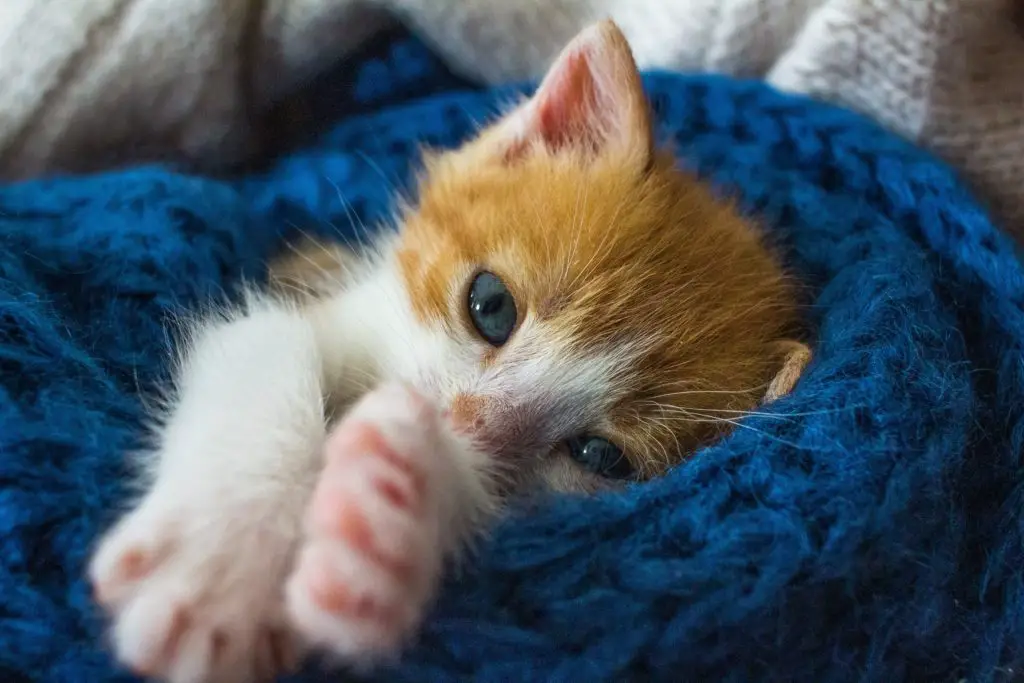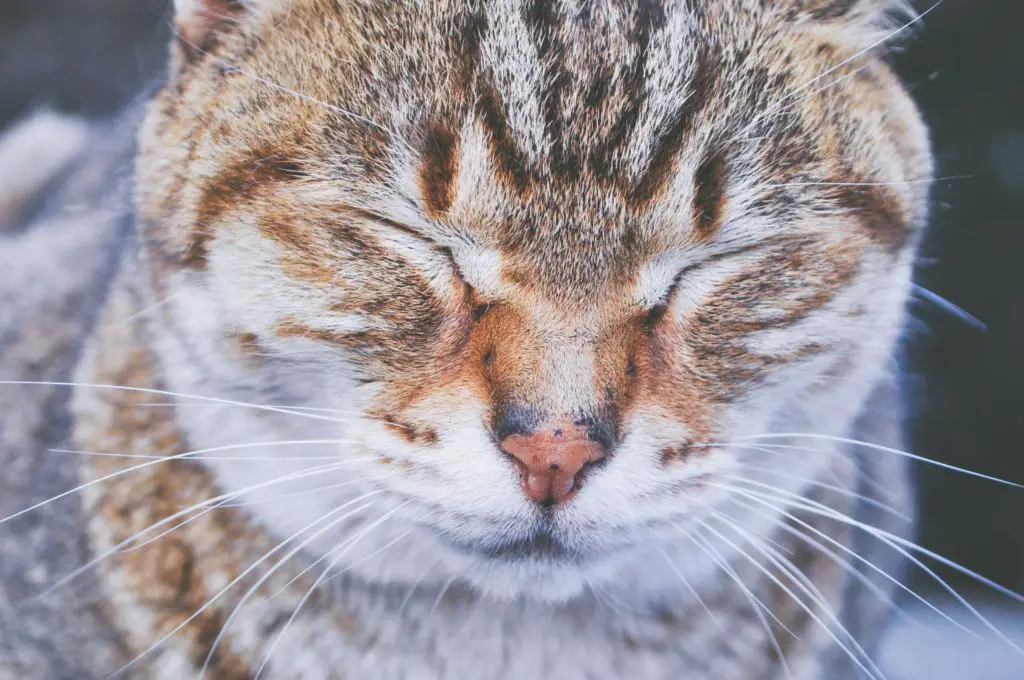The idea of declawing a cat divides a lot of cat owners. On the one side, some are happy to pay out for their cats to undergo a surgical procedure to remove the claws. They will cite reasons of safety for their family or state that their cats don’t need claws if they are indoor cats. On the other, some are completely against the practice and say that it is cruel. The argument here is that cat owners that declaw their pets don’t fully appreciate the damage caused or how much cats need those claws.
So, should you really declaw your cat? Your cat’s claws are more important than you may realize and declawing is a more invasive form of amputation than we are often led to believe. When it comes to simple behavioral and cosmetic issues, there are alternative solutions that are more humane, like behavioral training and nail trimming.
Is It OK to Declaw an Indoor Cat?
This is a delicate subject. It is legal for cat owners to approve this procedure and there are sure to be many professional vets that can carry it out effectively. You may be convinced that this is the best solution for all involved. If so, you must get the best information on your options to take the best next step.
However, there are lots of arguments against declawing cats. Below, you will learn some more about those to help you get a better idea of whether or not to go ahead with declawing. The key issues here regard the health and well-being of the cat – both in the short-term and long-term following the removal of their claws. There is also the fact that many cat owners are ignorant of the details involved in this invasive procedure.
Is Declawing a Cat Legal in the United States?
Before you start weighing up the pros and cons of this procedure and deciding on your best option, there are legal considerations. There are growing calls for declawing to be banned. While there is no federal law against it, there have been attempts at creating state laws. So far, New York is the only state to ban the practice. Others may follow suit soon and some major cities have local bans.
Other countries across the world have banned the practice outright, with many doing so on animal rights grounds many years ago. This includes the United Kingdom, Ireland, Australia, New Zealand, and many Western European nations.
Is It Really Cruel to Declaw a Cat?
Let’s start with this idea of cruelty. There is a difference between a procedure being unnecessary and being cruel. This is where some pet owners and animal lovers differ in their opinions. Then some will claim it is necessary. You can roughly split people into the following categories.
- Some cat owners will say that the process is necessary for their cat and their family. They don’t want the cat injuring itself with its claws, or injuring other pets or children in the household. Removing the claws seems like the ideal approach here. There is also the factor of cats scratching up the furniture.
- Some cat owners will agree that the process is more of a cosmetic thing than something necessary for health and safety. It is just easier for all concerned if the cat doesn’t have claws. But, they don’t see declawing as cruel because it is a quick procedure under aesthetic and the cat – as far as they can see – goes back to a normal life.
- Then some say that the procedure is cruel because of the invasive nature of the surgery. The amputation takes away a part of the cat’s anatomy without their consent and they have to then live without an important part of themselves. There are also concerns about other health issues that develop following declawing.
What Does It Actually Mean to Declaw a Cat?
Some cat owners believe that declawing a cat simply means removing the nails, like taking a nail off the nailbed on a human hand. The reality is that vets will remove a piece of bone too and the procedure is more like an amputation. The equivalent for us would be to amputate all fingers to the first knuckle.
Do Cats Develop Health or Behavioral Issues Without Their Claws?
There are some health risks involved with this procedure. In the short-term, cats can develop pain and infection around the site of the surgery. It could be uncomfortable to walk for a while. However, there is also the risk that the change to the structure of the paw could alter the way they walk, causing long-term pain and discomfort. The desire to scratch at scratching posts is also innate, so they will try and do this but fail.
![]()

Are Claws an Important Part of an Indoor Cat’s Anatomy?
Yes, they are. This is what many cat owners forget when they choose to do this. The claws aren’t non-functional just because your cat is an indoor cat. They aren’t going to be catching prey, but they still need their claws to grip things. They also play a part in a cat’s motion and sense of balance. There is also the fact that if a declawed cat were to encounter an unfriendly cat or dog, they wouldn’t have the same defense mechanism.
What Can I Do Instead of Declawing My Cat?
There are alternative options out there. Declawing is an extreme choice to deal with a couple of problems that have alternative solutions. The underlying problems here are those concerns about cats injuring other people or animals with sharp claws, or damaging furniture. There are options where you can minimize the risk of these behaviors and any damage without the need for such bold action as amputation. You can:
- Discourage cats from scratching at furniture by making the couch unpleasant and giving them a more attractive scratching post.
- Work with your cat and your children on their behavior so that the cat learns not to use its claws and kids learn how to play nicely.
- Trim your cat’s nails regularly so they are a good length and less likely to do any damage.
- Use nail caps when training your cat to reduce damage as they learn new behaviors.
How Do You Keep Cat’s Claws Dull?
Many cats will be able to keep their claws dull naturally by walking on hard surfaces. But, this is harder for indoor cats than it is for outdoor cats. A carpeted room isn’t going to offer much friction. The best option is to get a cat nail clipper or grinder. It may take some time to train a cat to have their paw held and filed like this. If you don’t have the confidence to do this yourself, you could go to a professional groomer.
What Is The Best Age to Declaw a Cat?
The best age for this procedure is between three and six months. The sooner the better so cats can’t feel the effects of the loss so much. One option here is to have your vet carry out the surgery at the same time as spaying or neutering the cat. This means just the one use of anesthetic on your cat, which is less traumatic.
How Much Does It Cost to Get a Cat Declawed?
The cost of getting a cat declawed can vary depending on where you go and where you are in the country. Some places will charge as little as $40 and others will ask for over $100. You have to consider the reasons for those lower prices. How professional is the service and what don’t you get if they are cutting costs? Could your cat be at risk here? If you are going to do this, pay the higher cost for a reliable, safe procedure.
How Much Does it Cost to Get a Cat Declawed at PetSmart or Petco?
This is where we have another important consideration about pet welfare. There are big names like PetSmart and Petco that will offer this service. This is where you may see some of the more “competitive” prices. However, this procedure isn’t like going in for a quick grooming session. It is best to turn to a qualified veterinarian – someone that knows your cat and the potential complications of the surgery.
Conclusion
If you do choose to declaw your cat, make sure to do so via a professional and to give your cat the best possible aftercare. But, it is better to look at alternatives with behavioral training and nail trimming to avoid potential health risks for your cat. Avoid declawing if you can since it is a very painful and invasive procedure. Train your cat not to use their claws, trim the nails and get some scratching posts.

My name is Katie, and I have had different pets at home for as long as I can remember. While I can definitely say I love all animals in general, my heart belongs to cats and dogs. I know you are supposed to choose one or the other, but I could never really decide. I’ve also owned hamsters and fish when I was a kid, and they filled my childhood with very delightful memories.



